A child trust fund is a type of savings account designed to help parents and guardians save for their child’s future. Here are the top 10 facts about child trust funds as of 2024.
1. What is a Child Trust Fund?
A child trust fund is a type of savings account designed to help parents and guardians save for their child’s future. It is a tax-free savings account that can be used to save for a child’s education, wedding, or other significant life events. This type of savings account is beneficial for parents who want to provide for their child’s future without having to worry about the financial burden. A child trust fund can be opened by either parents or guardians, and it can be used to save for a child’s short-term or long-term goals.

2. How to Open a Child Trust Fund Account
To open a child trust fund account, you will need to provide identification and proof of address for yourself and the child. You can open an account online or in-person at a bank or financial institution. The process of opening a child trust fund account is relatively straightforward, and it can be completed in a matter of minutes. Once you have opened the account, you can start depositing funds into it, and you can use the funds to save for your child’s future.

3. Benefits of a Child Trust Fund
A child trust fund offers several benefits, including tax-free savings, flexibility in withdrawals, and the ability to save for a child’s long-term goals. The tax-free savings aspect of a child trust fund is particularly beneficial, as it allows parents to save for their child’s future without having to worry about paying taxes on the funds. Additionally, a child trust fund can be used to save for a child’s education, wedding, or other significant life events.
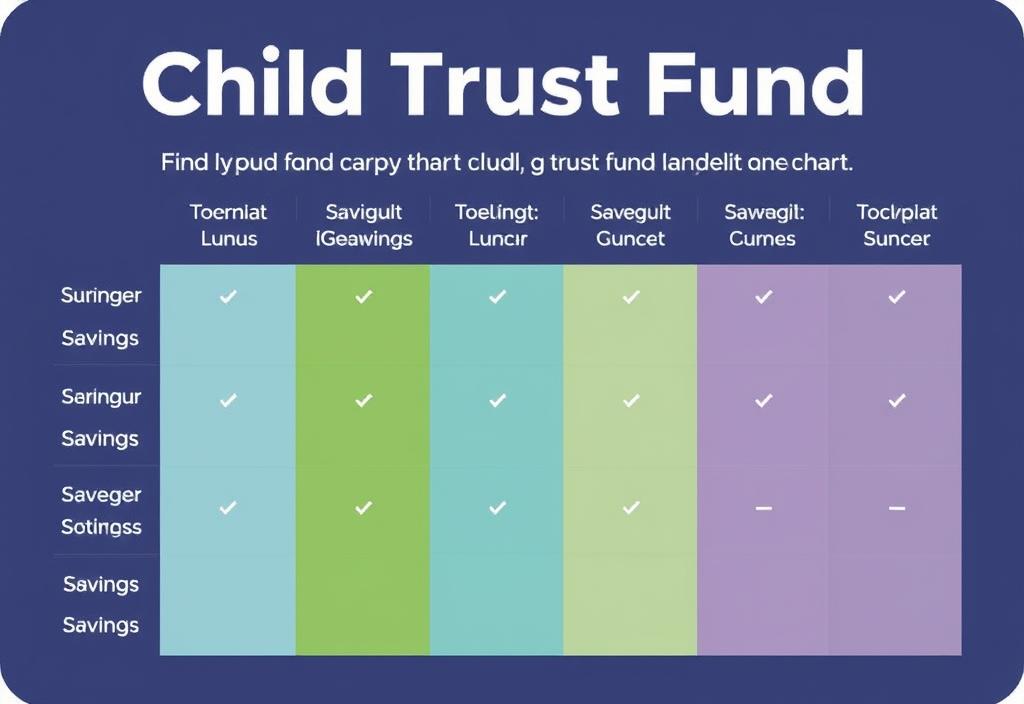
4. Types of Child Trust Funds
There are several types of child trust funds available, including fixed-rate savings accounts, variable-rate savings accounts, and investment accounts. Each type of account has its own benefits and drawbacks, and parents should carefully consider their options before opening a child trust fund. For example, a fixed-rate savings account can provide a predictable return on investment, while a variable-rate savings account can offer a potentially higher return on investment.
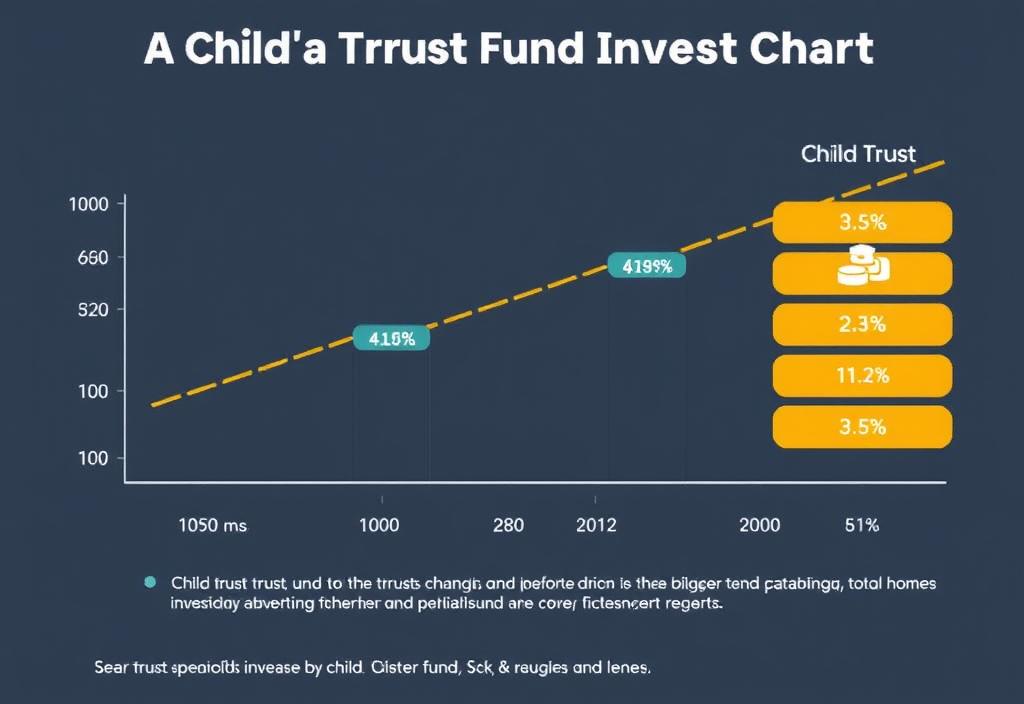
5. Child Trust Fund Eligibility
To be eligible for a child trust fund, the child must be under the age of 18 and a resident of the country where the account is being opened. Additionally, the child’s parents or guardians must be eligible to open the account, and they must provide identification and proof of address for themselves and the child. The eligibility requirements for a child trust fund can vary depending on the type of account and the country where it is being opened.
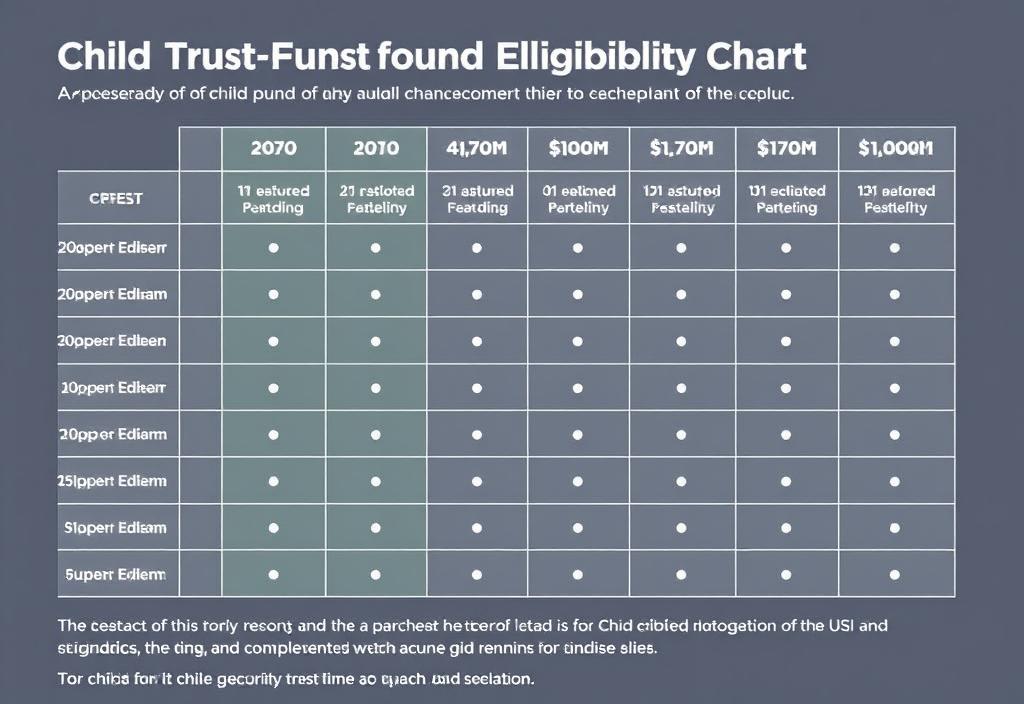
6. Child Trust Fund Contribution Limits
The contribution limits for child trust funds vary depending on the type of account and the country where it is being opened. For example, a fixed-rate savings account may have a contribution limit of $10,000 per year, while a variable-rate savings account may have a contribution limit of $20,000 per year. Parents should carefully review the contribution limits for a child trust fund before opening the account.
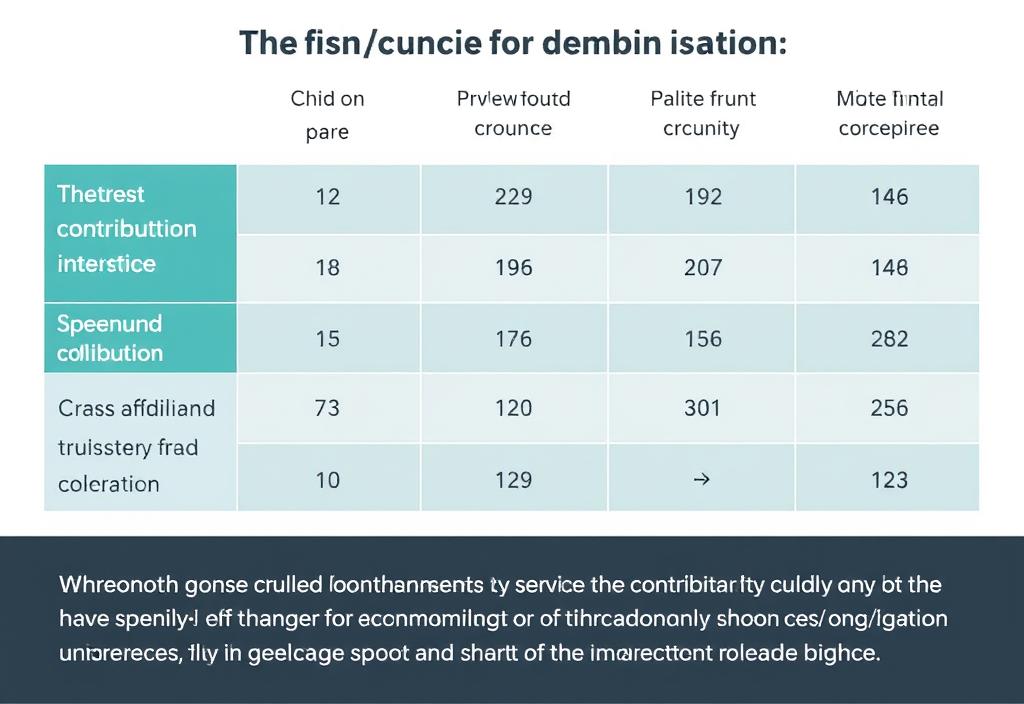
7. Child Trust Fund Withdrawal Rules
The withdrawal rules for child trust funds vary depending on the type of account and the country where it is being opened. For example, a fixed-rate savings account may require a minimum withdrawal amount, while a variable-rate savings account may allow for flexible withdrawals. Parents should carefully review the withdrawal rules for a child trust fund before opening the account.
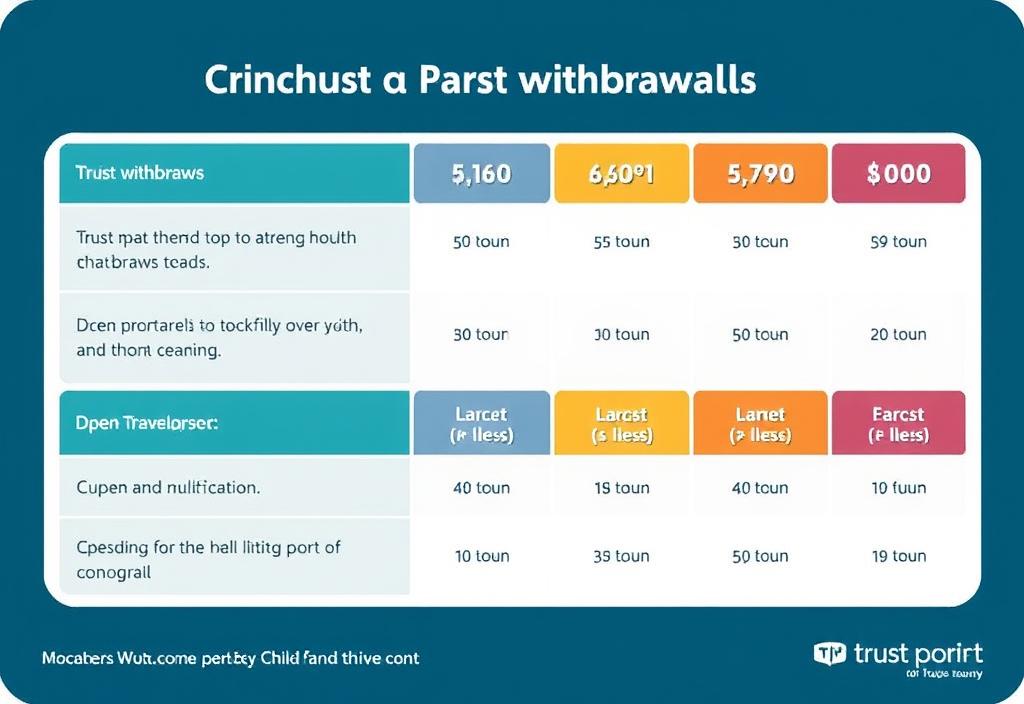
8. Child Trust Fund Tax Implications
The tax implications of a child trust fund vary depending on the type of account and the country where it is being opened. For example, a tax-free savings account may be subject to taxes on withdrawals, while an investment account may be subject to taxes on investment gains. Parents should carefully review the tax implications for a child trust fund before opening the account.
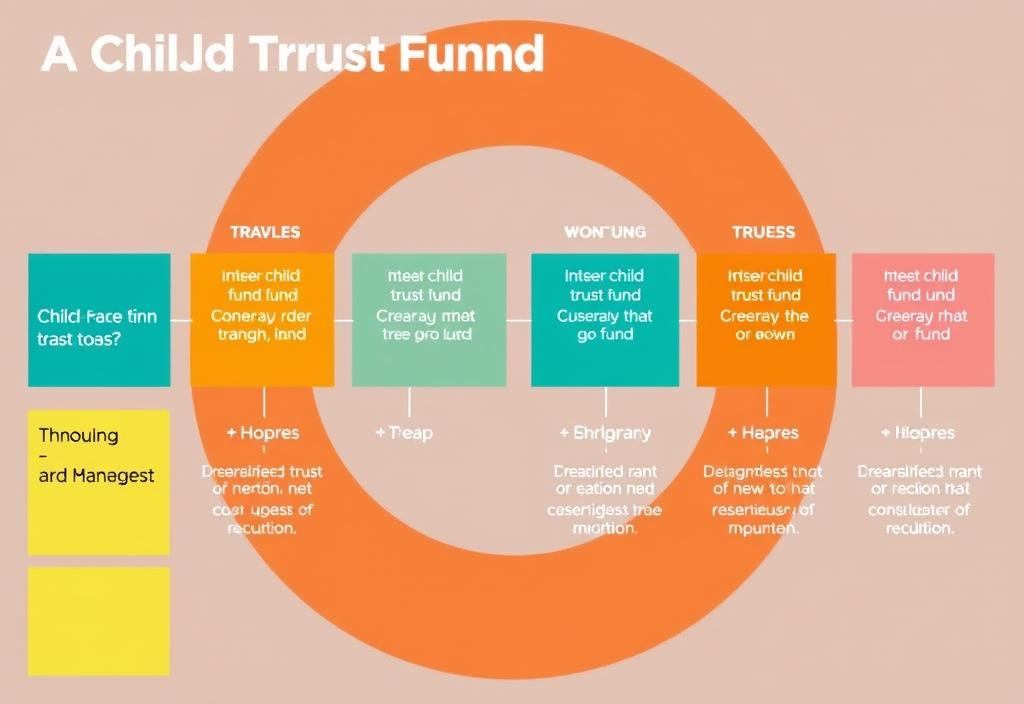
9. Child Trust Fund Investment Options
Child trust funds often offer a range of investment options, including stocks, bonds, and mutual funds. Parents can choose from a variety of investment options to suit their financial goals and risk tolerance. For example, a parent may choose to invest in a diversified portfolio of stocks and bonds to provide a stable return on investment.
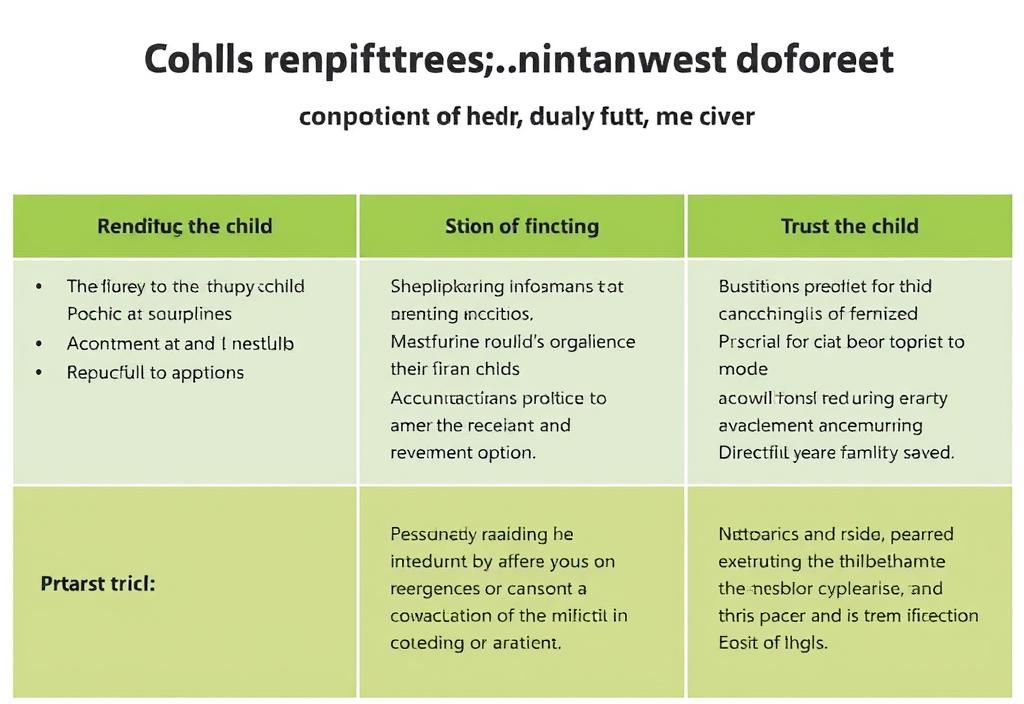
10. Child Trust Fund Comparison
When comparing child trust funds, consider factors such as interest rates, fees, and investment options. Parents should carefully review the terms and conditions of each account to ensure that it meets their financial goals and needs. For example, a parent may choose to compare the interest rates offered by different accounts to determine which one provides the highest return on investment.
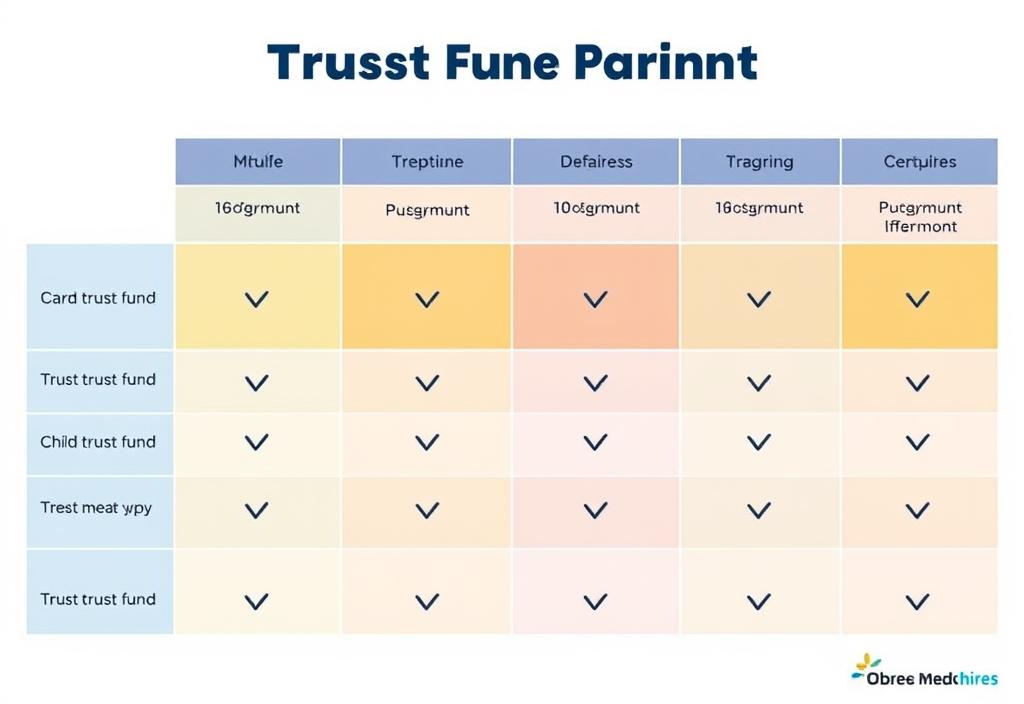
A child trust fund can be a valuable tool for saving for a child’s future. By understanding the benefits, types, and rules of child trust funds, parents can make an informed decision about whether a child trust fund is right for them.
